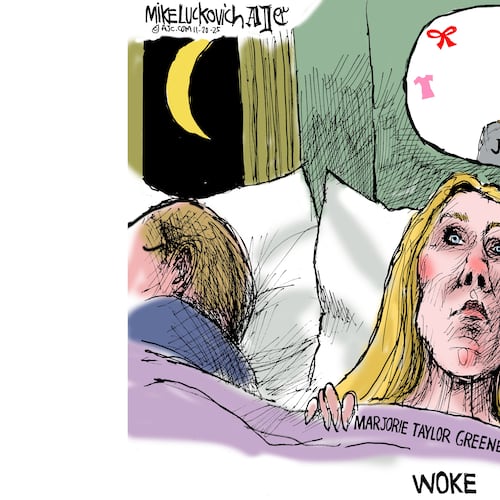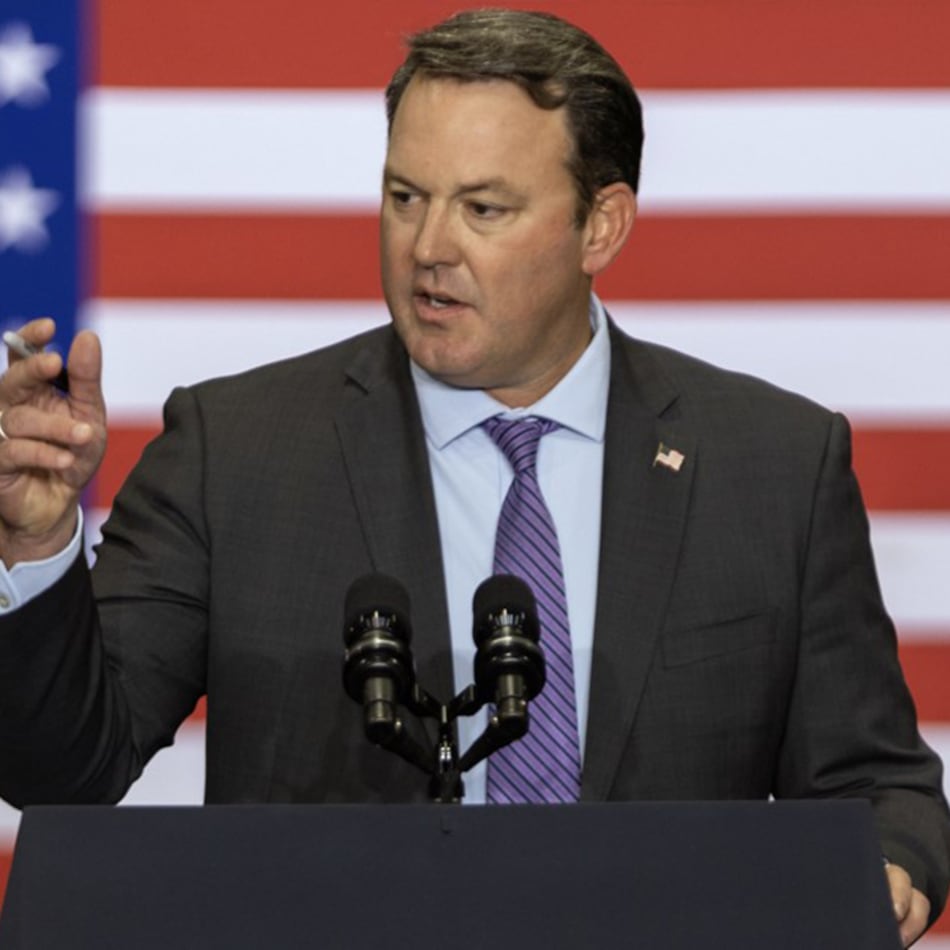The Atlanta area is now the nation’s sixth-largest metropolitan area, having surpassed Washington, D.C., and Philadelphia. The city itself topped half a million residents this year. With much of the nation’s growth expected to continue in the South, The Greater Atlanta should get only bigger and better. Here are five ideas to continue the conversation on best managing the Greater Atlanta’s growth.
- How can cities forge into the future while retaining the charm and history of their vibrant past? Ohio might hold some answers. Preservation Ohio connects cities with state and local tax credits, which are used as incentives to preserve historic buildings. Since the first round of funding in 2007, tax credits have been approved for 562 projects to rehabilitate more than 795 historic buildings in 77 communities.
- Across the globe, cities are focusing on green space to improve quality of life and mitigate risks from natural disasters and climate change. In Australia, for example, Melbourne wants to nearly double its tree canopy y 2040. Chicago has introduced green infrastructure projects like permeable pavements and green rooftops to better manage stormwater runoff. In Albania, the capital city of Tirana is taking a different approach: It’s building playgrounds to make the city more walkable, more sustainable and less car-dependent. Why playgrounds? It wants to place the needs of the city’s youngest citizens at the forefront.
- Sustainable cities need sustainable transportation. And that doesn’t mean more cars. In 2014, Rochester, N.Y., began closing its Inner Loop highway and reimaged its urban landscape. The Inner Loop was transformed into Adventure Place, featuring retail spaces, bike lanes and affordable housing options. Since the highway was filled in, more than $200 million in new investment has been generated. Several other cities, including New Orleans and Baltimore, are beginning to follow in Rochester’s footsteps. To make its city safer for pedestrians, Hoboken has repaved crosswalks to increase visibility, built curb extensions and added bike lanes.
- Blight is an issue that plagues all cities, big and small. Memphis created a blight-reduction initiative called 25 Square Blocks. By breaking down the city into smaller pieces, inspectors moved block-by-block to identify violations and fix them, using the same amount of funding but less time as the old “call-and-respond” model.
- Let’s remember, we’re all in this together. Cities can learn from one another. A decade ago, Brazil enacted a City Statute and formed a Ministry of Cities to direct urban planning and to make it more sustainable and inclusive. Countries are beginning to come together on an international level to share ideas and solutions. That kind of collaboration can make a difference globally — and here at home. Planning and input from all stakeholders will help ensure our growth is sustainable and beneficial for all.
We want to hear from you: The AJC has started an occasional series looking at how The Greater Atlanta can best manage its growth to ensure shared and equitable success for all of its people — for now and for decades to come. We welcome submission of up to 800 words on how to make sure Atlanta’s growth respects its heritage and heralds its future. What’s the one thing that would make The Greater Atlanta perfect? How would you manage Atlanta’s growth? How would you solve the traffic issues? Homelessness? Green space? Send your ideas — big and small — to opinion@ajc.com.
Keep Reading
The Latest
Featured

